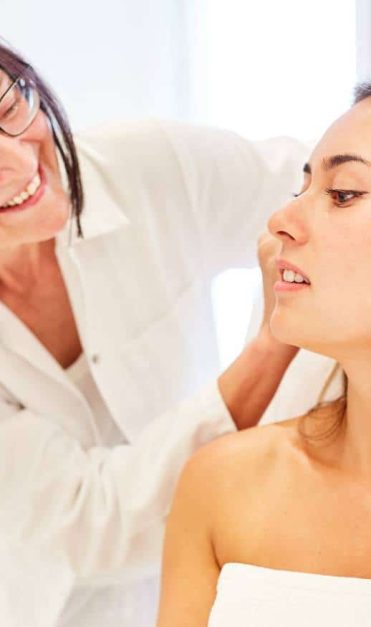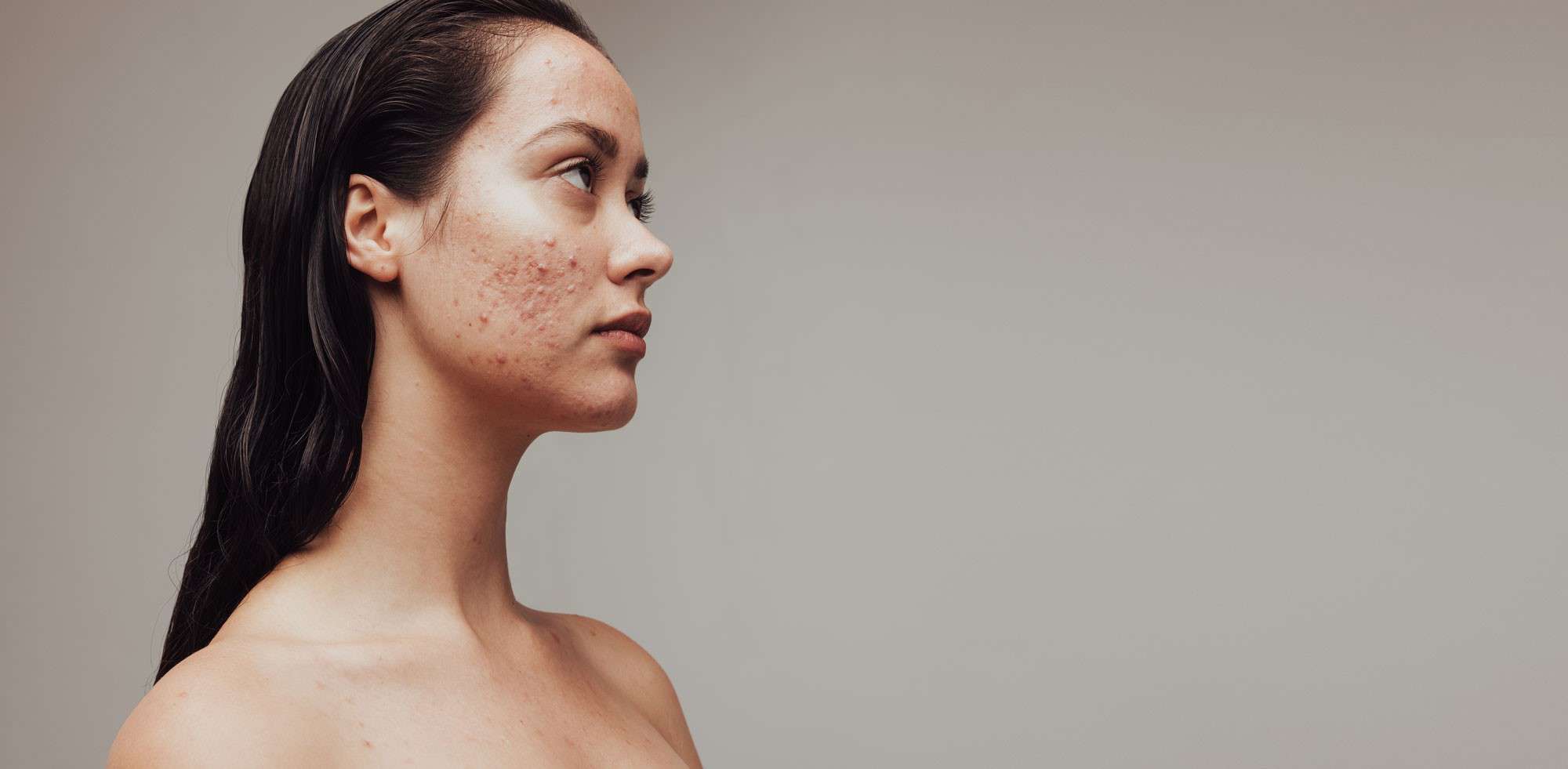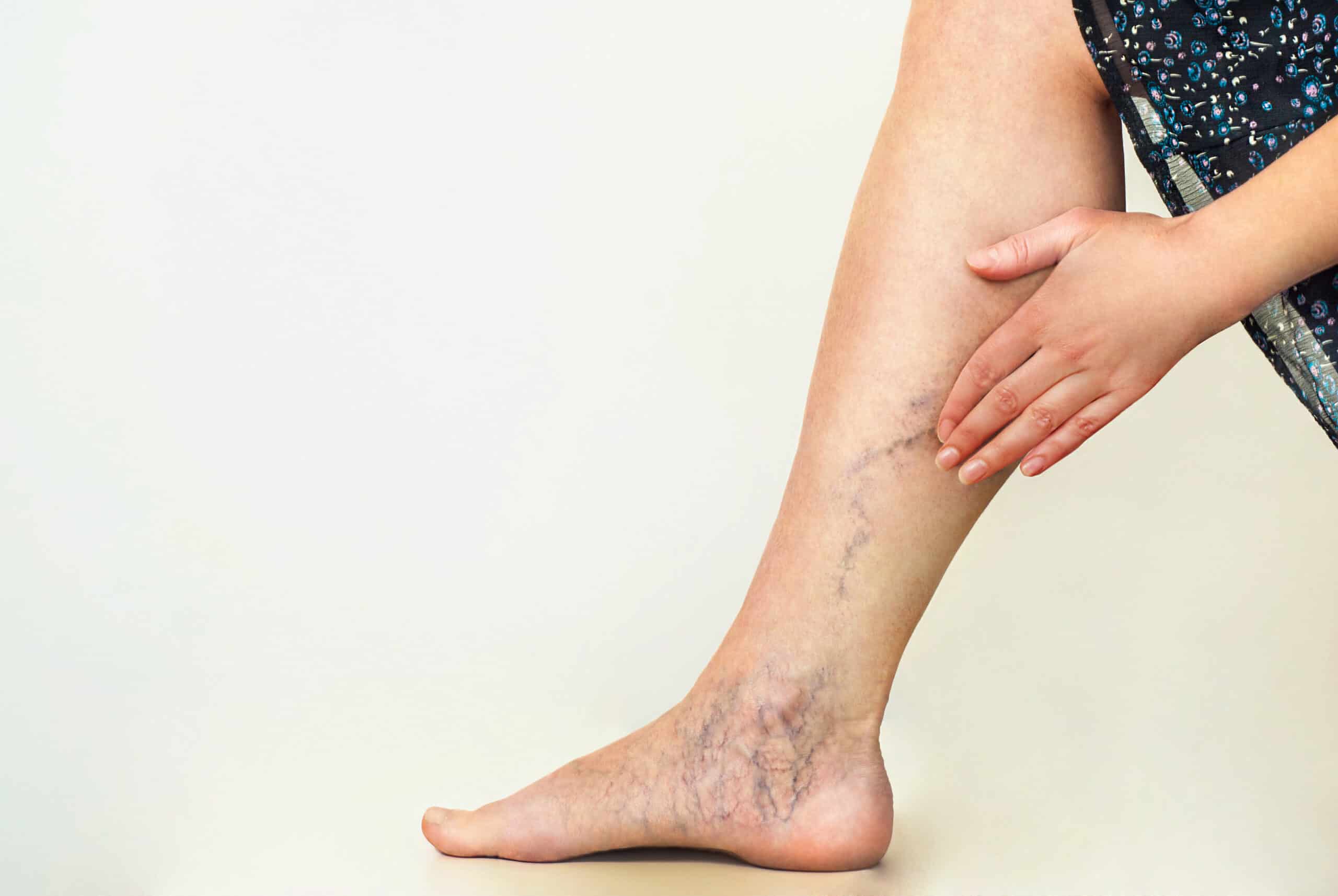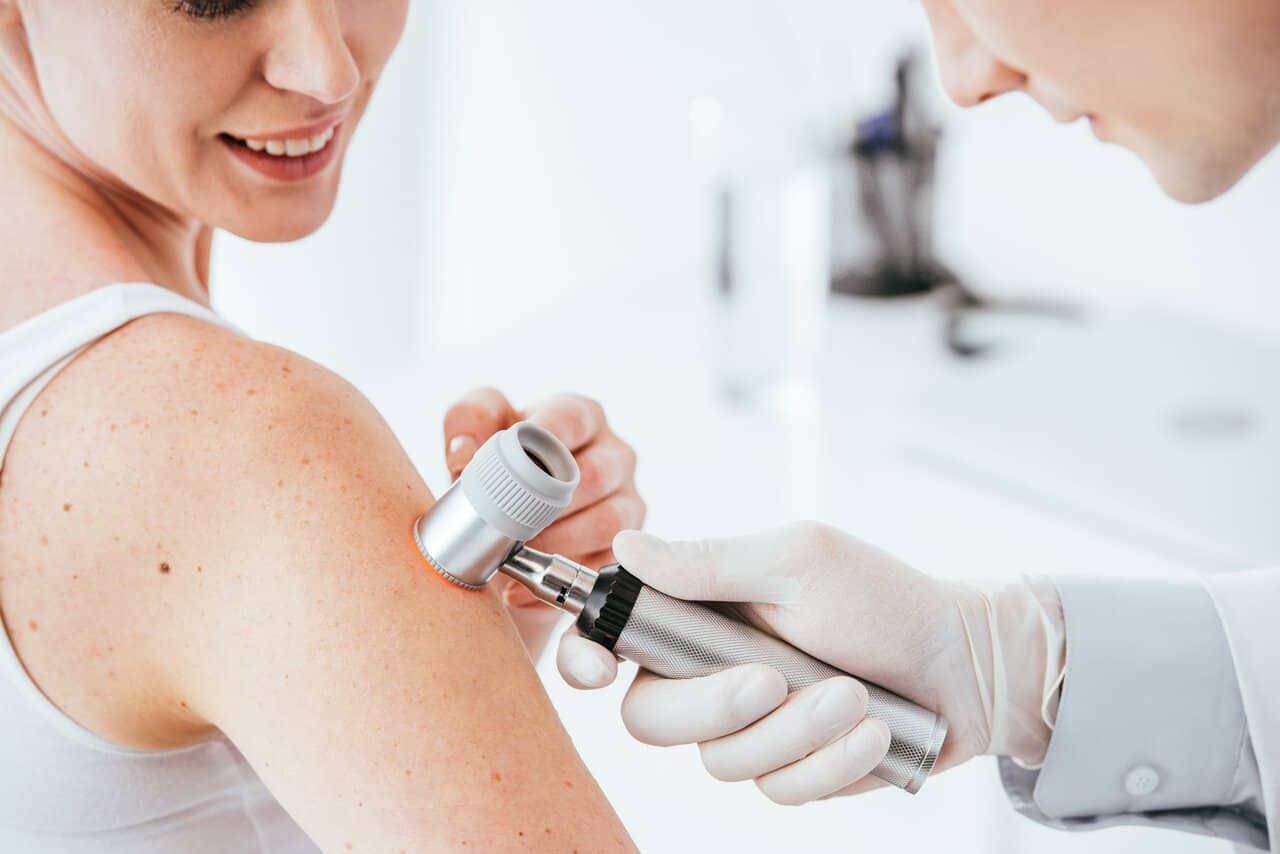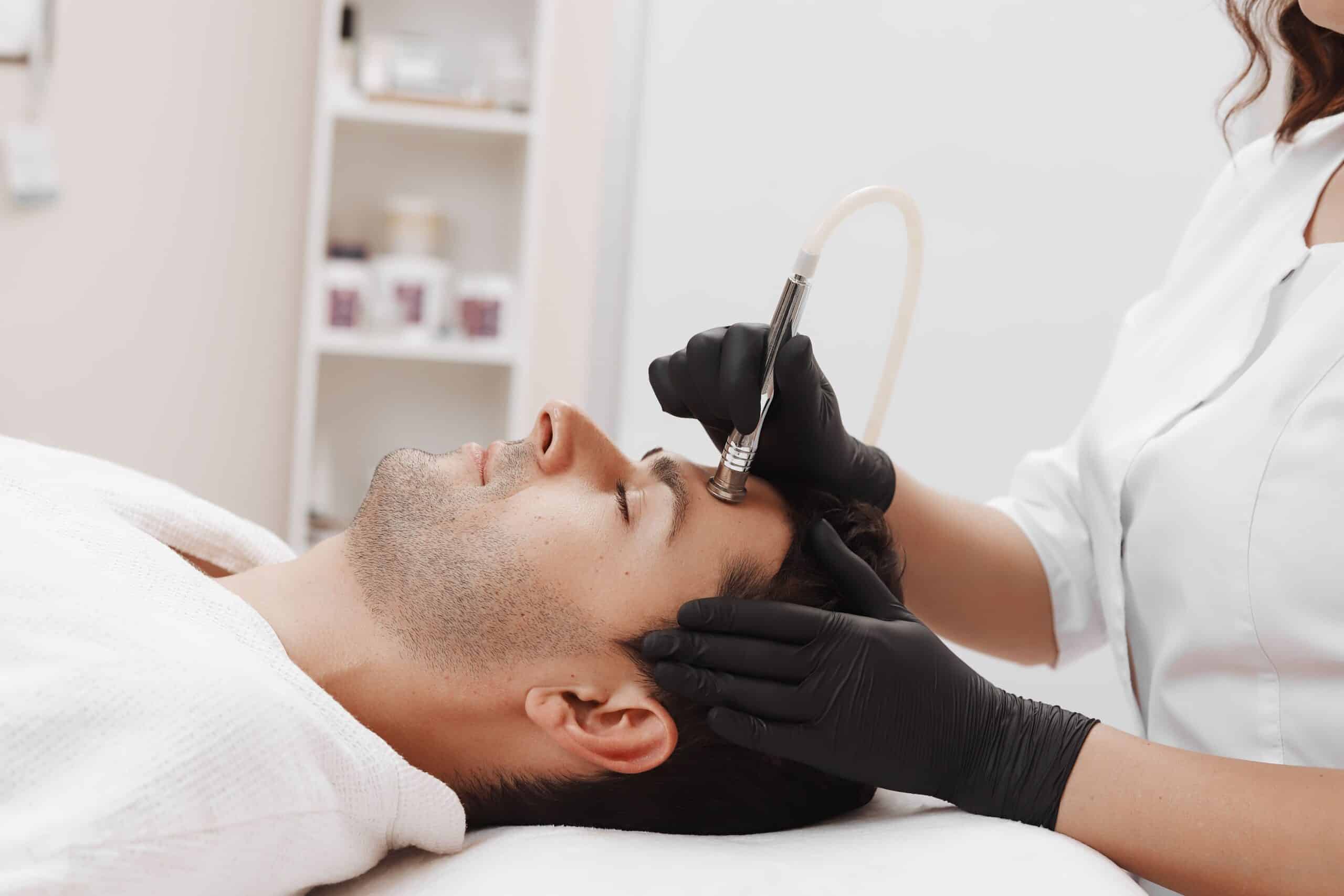FIVE COMMON SKIN MANIFESTATIONS OF COVID-19 IDENTIFIED
The British Association of Dermatologists has published information relating to skin manifestations of COVID-19, that have been identified by Spanish dermatologists, collaborating through the Spanish Academy of Dermatology. The research has been published in the British Journal of Dermatology.
Please note: skin lesions and rashes are common, and on their own should not necessarily be a cause for concern. Expertise is needed to identify the skin symptoms described below.
A summary of the BAD information is below:
Previous reports
Twenty per cent of patients in an Italian medical ward had skin lesions, described as rash, urticaria or one case of “chickenpox -like” lesions.
Other case reports describe a rash mistaken for Dengue, acral ischaemia in children and critical patients, and urticaria.
Most of these reports lack clinical images, due to safety concerns, and describe few patients in hospital settings. There is no previous detailed classification nor description of the manifestations of COVID-19 on the skin.
The study
Through the Spanish Academy of Dermatology, all Spanish dermatologists were asked to contribute. All patients with an unexplained skin eruption in the last two weeks, and either suspected or confirmed COVID-19, using the definitions of the European Centre for Disease Control, were included. The total number of patients in the final sample was 375.
A standardised questionnaire was used, and pictures taken in most cases. An initial 120 images were reviewed by four dermatologists, without knowing any other clinical information, and a consensus was reached on patterns of COVID-19 effect on the skin. These patterns were then applied to the rest of the images and further refined.
Results
Five major patterns were identified by the research, into which nearly all patients could be classified. These were:
1. ACRAL AREAS OF ERYTHEMA-OEDEMA WITH SOME VESICLES OR PUSTULES (PSEUDO-CHILBLAIN) (19% OF CASES).
These lesions, affecting hands and feet, may resemble chilblains (small, itchy swellings on the skin) with small red or purple spots, caused by bleeding under the skin. They were usually asymmetrical.
Associated with: younger patients, lasted for a mean of 12.7 days, took place later in the course of the COVID-19 disease and was associated with less severe disease (in terms of hospital admission, pneumonia, intensive care unit admission or mortality). They could cause pain (32%) or itch (30%).
2. OTHER VESICULAR ERUPTIONS (9%).
Vesicular eruptions are outbreaks of small blisters, some of these presented on the trunk. They may also affect the limbs, may be filled with blood, and become larger or more spread out.
Associated with: middle aged patients, lasted for a mean of 10.4 days, appeared more commonly (15%) before other symptoms and were associated with intermediate severity. Itching was common (68%).
3. URTICARIAL LESIONS (19%):
These consist of pink or white raised areas of skin resembling nettle rash, known as wheals (also spelled weals), which are usually itchy. Mostly distributed in the trunk or spread across the body. A few cases were on the palms of the hands.
Associated with: see below ‘4. Other maculopapules’
4. OTHER MACULOPAPULES (47%).
Maculopapules are small, flat and raised red bumps. In some cases these were distributed around hair follicles, there was also varying degrees of scaling. Some had been described as similar to pityriasis rosea, a common skin condition. Blood spots under the skin may also be present, either in the form of spots/dots or on larger areas.
Associated with: lasting for a shorter period (6.8 days mean for urticarial and 8.6 for maculopapular), usually appeared at the same time than the rest of the symptoms and were associated with more severe COVID-19 disease (2% mortality in the sample). Itching was very common for urticariform lesions (92%) and 57% for maulopapular.
5. LIVEDO OR NECROSIS (6%).
Livedo is a skin condition where circulation in the blood vessels of the skin is impaired. It causes the skin to take on a blotchy red or blue appearance with a retiform (net-like) pattern. Necrosis refers to the premature death of skin tissue. These patients showed different degrees of lesions suggesting occlusive vascular disease, where a narrowing or blocking of arteries occurs, limiting blood flow to certain areas of the body (in this case the trunk or extremities).
Associated with: older patients with more severe disease (10% mortality). However, the manifestations of COVID-19 in this group were more variable, including transient livedo, with some suffering COVID-19 that did not require hospitalisation.
Further findings of the study
Severity of associated disease followed a gradient, from less severe disease in pseudo-chilblain to most severe in patients with livedoid presentations, as shown by the increasing percentages of pneumonia, admission, and intensive care requirements. More severe COVID cases are not represented due to the issues with obtaining consent.
The researchers noted that some of the skin manifestations associated with COVID-19 are common and can have many causes, particularly maculopapules and urticarial lesions. As such, they may not be particularly helpful as an aide to diagnosis. Livedoid and necrotic lesions on the other hand are relatively uncommon, and mostly appeared in elderly and severe patients. However, it is hard to tell if they are directly caused by COVID-19, or simply indicate complications.
For these reasons, members of the public should be very cautious about trying to self-diagnose COVID-19 based on skin symptoms; rashes and other skin lesions are common and hard to differentiate between without expertise.
Link to full study and doi: https://onlinelibrary.wiley.com/doi/abs/10.1111/bjd.19163
FURTHER INFORMATION
British Journal of Dermatology: Classification of the cutaneous manifestations of COVID-19: a rapid prospective nationwide consensus study in Spain with 375 cases
- Galván Casas,1* A. Català,2* G. Carretero Hernández,3 P. Rodríguez-Jiménez,4 D. Fernández Nieto,5 A. Rodríguez-Villa Lario,6 I. Navarro Fernández,7 R. Ruiz-Villaverde,8 D. Falkenhain,9 M. Llamas Velasco,4 J. García-Gavín,10 O. Baniandrés,11 C. González-Cruz,12 V. Morillas-Lahuerta,13 X. Cubiró,14 I. Figueras Nart,15 G. Selda-Enriquez,5 J. Romaní,16 X. Fustà-Novell,17 A. Melian-Olivera,5 M. Roncero Riesco,18 P. Burgos-Blasco,5 J. Sola Ortigosa,19 M. Feito Rodriguez20 and I. García-Doval21
- Hospital Universitario de Móstoles, Madrid, Spain
- Hospital Plató, Barcelona, Spain
- Hospital Universitario de Gran Canaria Dr. Negrín, Las Palmas, Spain
- Hospital Universitario de la Princesa, Madrid, Spain
- Hospital Universitario Ramón y Cajal, Madrid, Spain
- Hospital Universitario Príncipe de Asturias, Alcalá de Henares, Madrid, Spain
- Hospital Universitario “Marqués de Valdecilla”, Santander, Spain
- Hospital Universitario Clínico San Cecilio, Granada, Spain
- Hospital Universitario 12 de Octubre, Madrid, Spain
- Gavín Dermatólogos, Vigo, Spain
- Hospital General Universitario Gregorio Marañón, Madrid, Spain
- Hospital Universitari Vall d’Hebron, Barcelona, Spain
- Hospital Universitari Germans Trias i Pujol, Badalona, Barcelona, Spain
- Hospital de la Santa Creu i Sant Pau, Barcelona, Spain
- Hospital Universitario de Bellvitge, Hospitalet de Llobregat, Barcelona, Spain
- Consorci Sanitari Parc Taulí, Sabadell, Barcelona, Spain
- Althaia, Xarxa Assistencial Universitària de Manresa, Manresa, Barcelona, Spain
- Complejo Asistencial Universitario de Salamanca, Salamanca, Spain
- Hospital General de Granollers, Barcelona, Spain
- Hospital Universitario La Paz, Madrid, Spain
- Research Unit, Fundación Piel Sana Academia Española de Dermatología y Venereología, Madrid, Spain
